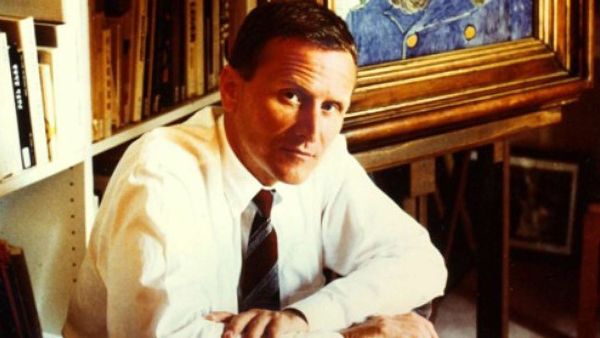
A portrait of the actor, singer and civil rights activist Paul Robeson painted in 1930 by the British artist Glyn Philpot has been rediscovered through painstaking research, after it was sold nearly 80 years ago under the title Head of a Negro.
The painting, one of a number of Philpot’s portrayals of people of colour, will go on public display in Chichester, West Sussex, from 14 May, in the first exhibition of the artist’s work for almost 40 years.
Philpot’s portrait depicts Robeson playing Othello at the Savoy in London in 1930, the first time in a century that a black actor had been cast in the title role of Shakespeare’s tragedy, and a milestone in theatre history. In 1833, Ira Aldridge had been racially abused while appearing in London as the Moor of Venice.
Robeson’s co-star, Peggy Ashcroft, who played Desdemona, was repeatedly asked by interviewers whether she minded being kissed by “a coloured man”. Her response was robust. “Of course I do not mind. I see no difference in being kissed by Paul Robeson and being kissed by any other man,” she told the Daily Sketch in May 1930.
Although the production received mixed reviews, Robeson’s performance was acclaimed, with the audience demanding repeated curtain calls. Philpot took his niece to see the play and then invited Robeson and his wife to dinner.
The biography of Philpot, a successful society portrait painter who was elected to the Royal Academy at the age of 38, notes that Robeson sat for him but the painting was long thought to be lost. Simon Martin, director of Chichester’s Pallant House Gallery, which is holding the exhibition of Philpot’s work, set about tracking it down.
Trawling through images in archives and auction databases, he matched a portrait with a photograph of Robeson in costume as Othello. Philpot’s family had sold the painting in 1944, several years after the artist’s death, under the anachronistic title Head of a Negro. Subsequently sold again and now in a private collection, the painting was tracked down with the help of Christie’s auction house.
“It was an exciting discovery,” said Martin. “I had a hunch this painting was Robeson, but I had to match it with press photographs of him playing Othello, and then trace the work.”
The portrait has “a nobility about it”, he added. Othello was “the defining role of Robeson’s career – a seminal performance in theatre history. Philpot obviously recognised that it needed to be recorded.”
As well as acting, Robeson – the son of a runaway slave, who was born 124 years ago on 9 April – was an athlete, lawyer, singer and political activist. He starred on Broadway and stages around the world, and his bass-baritone voice made him a recording star.

He spoke out against fascism, colonialism and racism. During the McCarthy era of the 1950s, his US passport was revoked and 85 planned concerts cancelled. Robeson was brought before the House Un-American Activities Committee and asked to identify members of the Communist party and to admit to his own membership. Invoking the fifth amendment, Robeson told the committee: “You are the non-patriots, and you are the un-Americans, and you ought to be ashamed of yourselves.”
Philpot’s subjects included the poet Siegfried Sassoon and prime minister Stanley Baldwin, along with ballet dancers, opera singers and actors. Unusually in the first few decades of the 20th century, he also created sensitive portrayals of people of colour. They included a Jamaican man, Henry Thomas, who was the subject of a number of portraits in the 1930s; the African-American tenor Roland Hayes; a Martinican cabaret performer known as Tom Whiskey, and an African American boxer named Joe.
Glyn Philpot: Flesh and Spirit opens at the Pallant House Gallery in Chichester on 14 May










